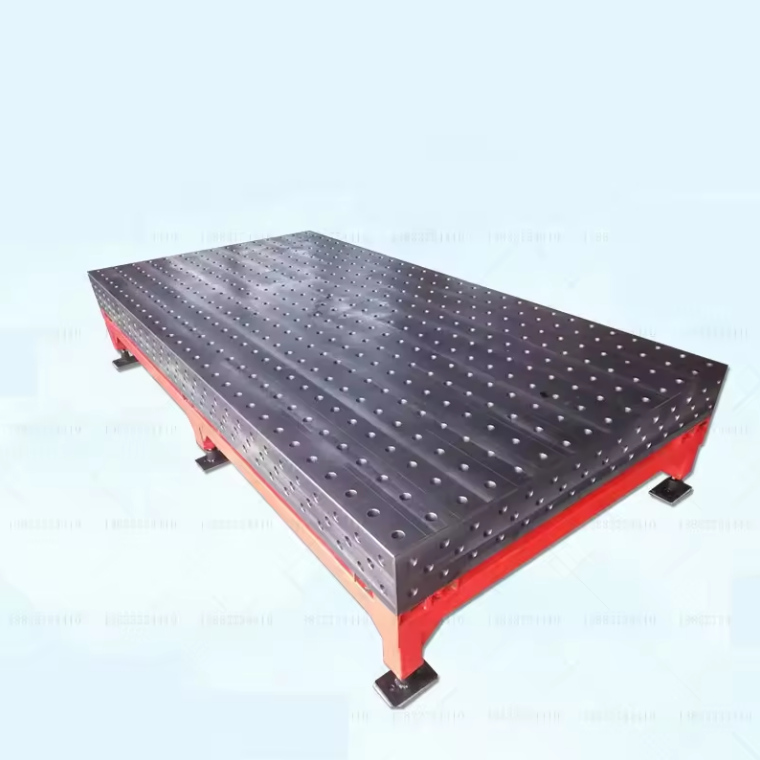کانونی یەکەم . 13, 2024 04:39 Back to list
Exploring the Three Main Categories of Control Valves in Industrial Applications
Understanding the Three Types of Control Valves
Control valves are essential components in various industrial processes, playing a pivotal role in regulating flow, temperature, pressure, and liquid levels. They are crucial in ensuring that systems operate efficiently and effectively. While there are many types of control valves available in the market, they can be broadly classified into three main categories globe valves, ball valves, and butterfly valves. Each type has its unique characteristics, advantages, and applications.
1. Globe Valves
Globe valves are one of the most commonly used control valves in multiple industries. Their design features a spherical body with an internal baffle that regulates flow. The flow passage is controlled by a movable disk that is lifted or lowered by a stem. This design enables precise flow regulation and makes globe valves suitable for throttling applications where flow needs to be adjusted frequently.
One of the significant advantages of globe valves is their ability to provide good flow control, thanks to their linear trim characteristics. They are also known for their durability and can sustain high pressures and temperatures, which makes them an excellent choice for critical applications in chemical processing, power generation, and water treatment facilities. However, globe valves typically have a higher pressure drop compared to other valve types, meaning they are not always the best option for applications requiring minimal pressure loss.
2. Ball Valves
Ball valves are another popular choice for control applications due to their reliable performance and versatility. A ball valve consists of a hollow, perforated sphere (the ball) that rotates within the valve body to control flow. When the ball is turned so that the hole is aligned with the pipe, flow is allowed; when it is turned perpendicular to the flow, it is blocked.
three types of control valves

One of the defining features of ball valves is their quick operation. They can switch from fully open to fully closed in a quarter of a turn, making them suitable for applications where rapid shut-off is needed. Additionally, ball valves typically have a lower pressure drop compared to globe valves and can provide tight sealing capabilities, significantly reducing the chance of leaks. They are widely used in water supply, oil and gas, and many other industries. However, while they are excellent for on-off control, their throttling capability is not as precise as that of a globe valve.
3. Butterfly Valves
Butterfly valves are distinguished by their unique design, which features a rotating disc or plate that is mounted on a rod. This disc rotates around the rod's axis, allowing or restricting flow. When the valve is fully open, the disc is positioned parallel to the flow, creating minimal obstruction.
One of the primary advantages of butterfly valves is their lightweight construction and compact design, making them easy to install and suitable for applications with space constraints. They also offer a relatively low pressure drop, which makes them effective in systems where efficiency is critical. Butterfly valves are primarily used in large-scale applications such as water treatment plants, HVAC systems, and gas pipelines.
However, one drawback of butterfly valves is that they may not provide as tight a seal as globe or ball valves, which can be a disadvantage in systems where leakage control is essential.
Conclusion
Control valves are essential components in modern industrial applications, and understanding the differences between the three main types—globe valves, ball valves, and butterfly valves—can help engineers and operators make informed decisions. Each type offers unique benefits suited to specific needs, whether it’s precise flow control, quick shut-off capabilities, or space-saving advantages. By selecting the appropriate control valve type, industries can optimize their processes, improve efficiency, and ensure the reliability of operations.
-
Why Metric Trapezoidal Thread is Ideal for Precision Motion ControlNewsAug.05,2025
-
The Unique Properties of a Block of Granite for Industrial UseNewsAug.05,2025
-
The Role of Flanged Y Strainers in Preventing Pipeline ClogsNewsAug.05,2025
-
The Importance of Regular Calibration for Master Ring GagesNewsAug.05,2025
-
How a Cast Iron Surface Table Enhances Accuracy in ManufacturingNewsAug.05,2025
-
Comparing Different Check Valve Types for Optimal Flow ControlNewsAug.05,2025
Related PRODUCTS









